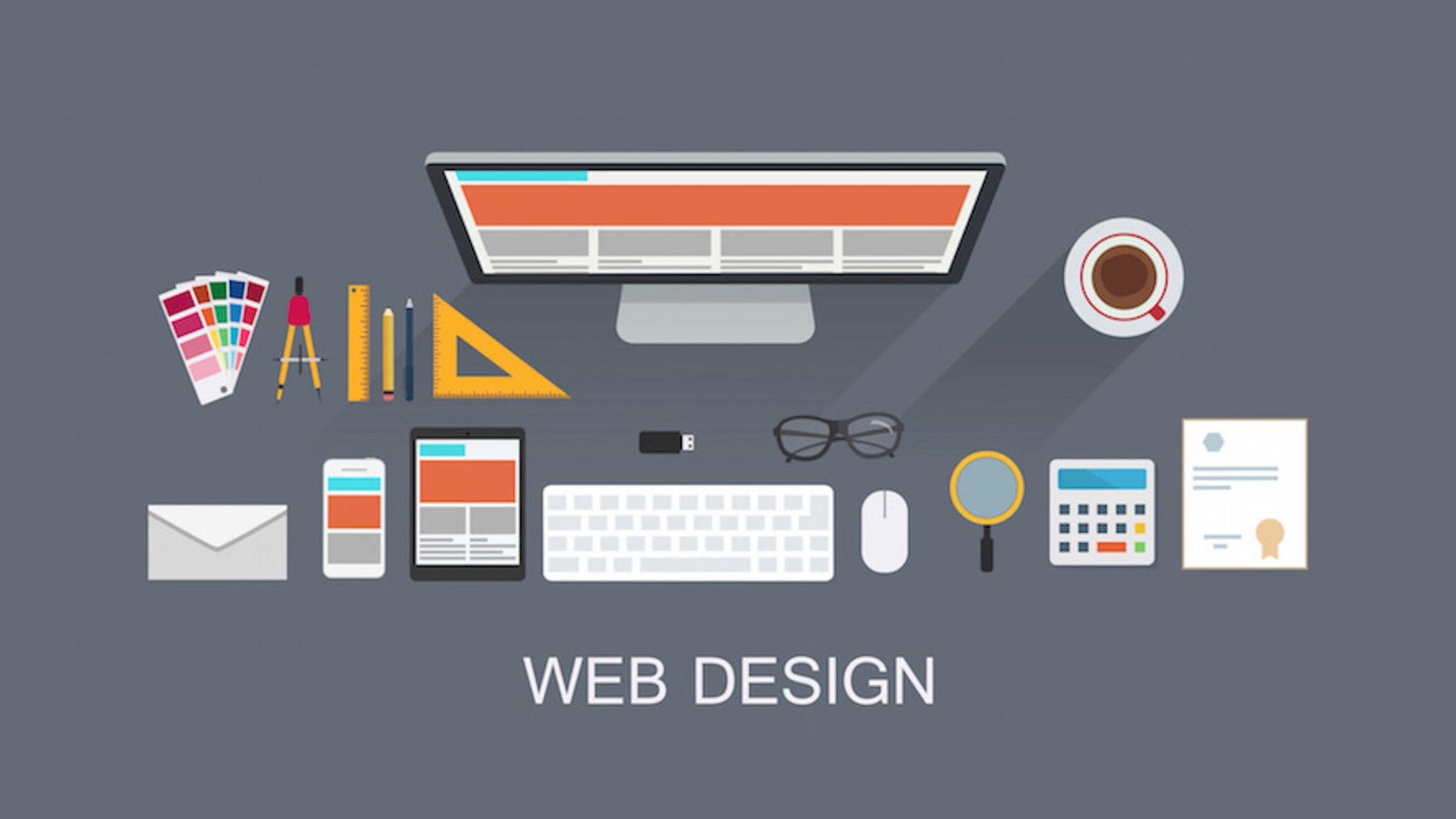Just How Responsive Web Style Effects Customer Experience Throughout Gadgets
Receptive internet layout plays an essential function in forming individual experience throughout a plethora of devices, as it allows sites to fluidly adjust to differing display dimensions and resolutions. Understanding these interconnected aspects elevates essential inquiries regarding exactly how companies can leverage receptive design to maximize user involvement and fulfillment.

Value of Responsive Layout
As customers progressively access web sites on a selection of devices, the significance of responsive layout becomes critical. Responsive design makes sure that a website's layout and material adjust seamlessly to different display sizes, alignments, and resolutions (Web design in Penang). This flexibility is important in today's digital landscape, where individuals involve with material on smart devices, tablet computers, laptops, and desktop computers
The relevance of responsive layout expands beyond mere aesthetics; it enhances usability and accessibility, supplying users with a regular experience despite the device used. A well-implemented receptive style reduces the demand for users to zoom or scroll exceedingly, enhancing navigating and improving total contentment.
Furthermore, responsive layout is crucial for seo (SEO) Online search engine, such as Google, prioritize mobile-friendly websites, implying that a responsive website is more probable to place greater in search results page - Web design in Penang. This not only raises exposure but likewise drives traffic and engagement
Advantages for Mobile Users
Mobile customers experience distinct benefits when interacting with receptive web sites. Primarily, these sites are designed to adjust flawlessly to different display sizes and positionings, making sure an ideal viewing experience despite the device being used. This adaptability enhances functionality, permitting customers to navigate through content easily without the requirement for excessive scrolling or zooming.
Additionally, receptive layout eliminates the disappointment of encountering non-optimized sites that might result in distorted designs or missing out on capabilities on smart phones. Individuals gain from a consistent user interface, which promotes knowledge and lowers cognitive load, enabling them to focus on their jobs rather than having problem with navigating.
In addition, receptive sites enhance access by incorporating touch-friendly aspects, such as larger switches and streamlined food selections, which cater specifically to mobile communications. This attentiveness to mobile customer experience not only raises individual contentment however also urges longer involvement, as visitors are most likely to remain on a website that is simple to make use of.
Ultimately, the advantages of responsive internet layout for mobile customers add to a much more satisfying and efficient surfing experience, enhancing the relevance of embracing this approach in today's multi-device landscape.
Influence on Loading Speed
The effect of receptive web layout on loading rate is a crucial variable in improving customer experience throughout gadgets. With the raising dependence on mobile devices for web accessibility, users anticipate web sites to pack promptly, regardless of the platform being made use of. Responsive internet design enhances images and material for different screen dimensions, guaranteeing that just the needed aspects are packed based on the gadget's capacities. This technique significantly minimizes the quantity of information transferred, inevitably enhancing filling times.
In addition, receptive design practices frequently involve utilizing flexible grids and designs, which adjust to various display resolutions. This flexibility reduces the demand for extreme resizing or reloading of web pages, even more enhancing speed. Furthermore, internet search engine like Google focus on fast-loading internet sites in their positions, making receptive style not only a user-centric selection yet additionally a critical component for search engine optimization.
Nevertheless, it is vital to note that bad execution of responsive style can result in bloated code and unneeded elements that may hinder loading rate. Cautious planning and implementation are vital to totally leverage the benefits of responsive internet design in maximizing packing speed and, subsequently, individual experience throughout all gadgets.
Boosted Navigating Experience
Just how can responsive website design change the navigation experience for customers? Receptive internet style enhances navigation by guaranteeing that food selections, switches, and links adjust effortlessly to different display dimensions and positionings. This adaptability is essential as individuals increasingly gain access to sites from a diverse array of gadgets, varying from smartphones to tablets and desktop computer computers.
Receptive layouts prioritize user-centric navigation by streamlining accessibility to essential click over here now content. Hamburger menus, which are compact and expandable, allow for effective use of room on smaller sized screens, minimizing clutter while keeping simplicity of gain access to. This structured technique not just aids in functionality however additionally improves general interaction, as customers can swiftly find info without unnecessary scrolling or browsing.

SEO Benefits of Responsiveness
Responsive web style provides considerable Search engine optimization advantages that can boost a website's visibility and ranking in search engine results. A receptive website makes use of a single Link for both desktop computer and mobile versions, which streamlines the indexing procedure for search engines.
Additionally, Google prioritizes mobile-friendly websites in its positions, making responsiveness an important consider search engine optimization methods. The mobile-first indexing approach taken on by Google implies that the mobile variation of a website is thought about the key variation, additional emphasizing the significance of a responsive layout.
Improved user experience, a natural outcome of receptive style, also adds to SEO efficiency. When customers discover it simpler to browse a website, they often tend to stay longer and involve even more, which can lower bounce prices and signal to browse engines that the material matters and beneficial.
Verdict
Finally, receptive web style plays a vital duty in boosting user experience throughout different gadgets. websites By guaranteeing seamless flexibility to different screen sizes, it improves mobile usability, reduces loading times, and assists in user-friendly navigating. The advantages prolong past customer fulfillment, as a responsive style additionally adds favorably to browse engine optimization initiatives. Inevitably, the execution of responsive style is necessary for cultivating user involvement and keeping an one-upmanship in an increasingly mobile-centric electronic landscape.